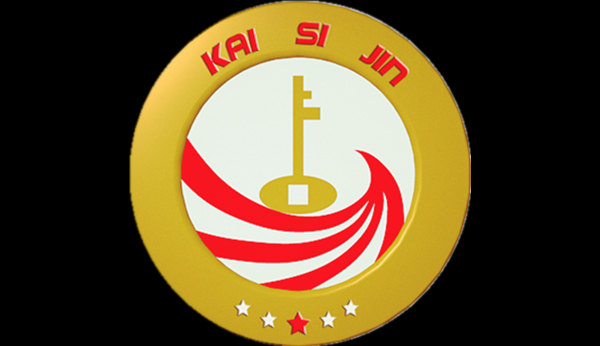
Privacy statement: Your privacy is very important to Us. Our company promises not to disclose your personal information to any external company with out your explicit permission.
 Mr. ksj
Mr. ksjPlastic is a relatively light material. There are micropores in foamed plastic, and its light texture can be applied to water. Plastic has good corrosion resistance to acid and alkali chemicals, and high stability is an ideal corrosion-resistant material. Ordinary plastics are less than a point, and the surface has a resistance and a large volume resistance, so it is widely used in the electronics industry and the mechanical and chemical industry.
Second, the production process of plastic products
The production of plastic products includes four continuous processes of plastic molding, machining, decoration and assembly. Among them, plastic molding is one of the keys to plastic processing. Plastic molding methods include Injection Molding, extrusion molding, hollow blow molding, and compression molding. , the processing characteristics of the four processes are different and need to be selected according to the type of equipment produced at that time.
1. Injection molding, also known as injection molding, is a method of using an injection machine to quickly inject molten plastic into a Mold and solidify it to obtain various plastic products.
2. The extrusion molding method is a process of continuously extruding the plasticized plastic into the mold by means of screw rotation and pressure, and obtaining a plastic profile suitable for the shape of the die when it passes through the die of a certain shape.
3. In hollow blow molding, the tubular thermoplastic parison that is still in a softened state from the extruder is put into the molding die, and the billet is deformed along the mold cavity by compressed air and the pressure of the air, so as to be blown into Chinese agricultural products. , is a common blow molding method.
4. Compression molding, also known as compression molding, compression molding, molding, etc., is to add solid pellets or prefabricated sheets into the mold, soften and melt them by heating and pressing, and under the action of pressure The method of filling the mold cavity and obtaining plastic parts after curing.
3. Characteristics of plastic production process
In the above, we introduced the production process of four kinds of plastic products. In this article, we commonly used three kinds of injection molding, extrusion molding, and hollow blow molding to introduce the process characteristics of each of them.
1. Injection molding, when injecting parison, the temperature of the tube blank is the key. If the temperature is too high, the melt viscosity is low and easy to deform, which will cause uneven thickness of the tube blank during transfer, which will affect the quality of blow-molded products; if the temperature is too low, the product will be deformed. There is often a lot of internal stress inside, which is prone to deformation and stress cracking during use. In order to select the mold temperature according to the requirements, the mold oil temperature regulator is often equipped, which is controlled by a digital temperature controller with high precision.
2. Extrusion blow molding. The extrusion blow molding process generally has four stages. The molten hollow tube parison or preformed parison is placed in the middle of the two half molds. The parison begins to close and is still molten. The parison in its state is clamped and inflated with compressed air capable of blowing the molten parison against the inner surface of the cold mold. When the product is cooled and shaped, the mold is opened, and the molded product is ejected. Trim excess flash from the product. Trim off excess flash from the product, mix well, and form a tubular blank. Several products can be alternately produced on one machine at the same time.
3. Hollow blow molding is to put the tubular thermoplastic blank extruded from the extruder and still in a softened state into the molding die, and then introduce compressed air, and use the pressure of the air to deform the blank along the mold cavity, thereby blowing Making a hollow product with a short neck is the third most commonly used plastic processing method, and it is also a plastic molding method with rapid development. Compared with injection molding, the mold used for blow molding has only a female mold.

Privacy statement: Your privacy is very important to Us. Our company promises not to disclose your personal information to any external company with out your explicit permission.

Fill in more information so that we can get in touch with you faster
Privacy statement: Your privacy is very important to Us. Our company promises not to disclose your personal information to any external company with out your explicit permission.